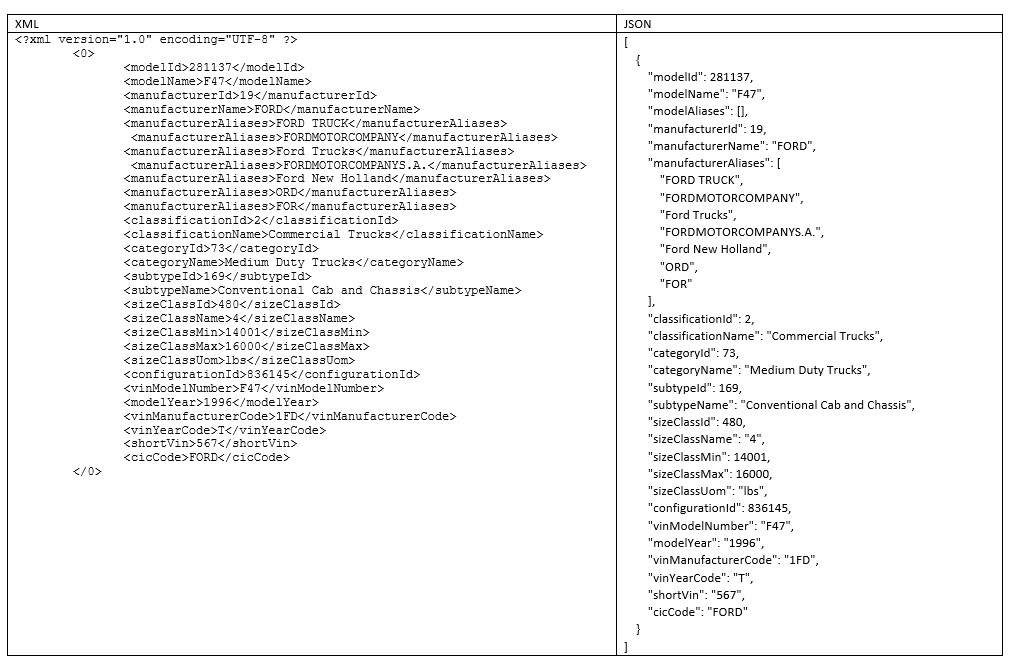Written by Nadia Davis, MBA. Brand Marketing Manager, Price Digests (a brand of informa Intelligence)
24/7 availability, an ever- increasing connectivity, and reliance on data – these are trends that define today’s enterprise environment. Application Programming Interfaces, also shortened to APIs, are the snippets of code that allow software applications to interact in a common language and are ever more present in today’s consumer and business environments. Web APIs allow businesses to access 3rd-party data and seamlessly integrate it anywhere and anytime it’s required, offering unmatched data processing efficiencies and cost savings. APIs have transformed the way businesses interact with each other and the way they provide value to their customers.
The insurance industry has traditionally been very apprehensive of technological innovation. Insurance providers have been rooting their customer relationship stability and consistency in cultivating a sustained trust for centuries. The rise of InsurTechs – alternative disruptive technological innovators within the insurance industry – presents a significant threat to this insurance model as it focuses on concepts of operational efficiency and savings through APIs. This is where the need for cost-collapsing technology — such as direct API integrations of 3rd party data – becomes necessary for survival.
The Benefits of Using APIs
APIs grant access to a wide variety of resources and allow for cross-platform communication within a business. For example, APIs power the connection between a commercial carrier policy administration system (PAS), and a third-party database with vehicle values and specs necessary to underwrite a policy for a commercial truck or a passenger auto. APIs provide the ultimate competitive advantage by enabling real-time quoting. Too often, the speed of the policy quote delivery (empowered by API agility and data quality) ends up being the main factor for the insured to choose a policy provider.
Simplicity APIs allow for a single instance of data creation to be automatically distributed externally to customers and internally to colleagues, rather than reproducing work when and as needed. Simplicity is the keyword here. Rather than struggling to for-mat a large file in a local program to extract a marginal amount of information, an API can provide the data needed without requiring extra research or manipulation.
Efficiency Consuming an API created and hosted by a 3rd party can also substantially reduce the labor requirements for IT departments. By handling many background tasks and running continuous maintenance, the use of third-party API providers can reduce the number of employees needed to perform web-centric information gathering and computation tasks. Integrating APIs allows a company to outsource parts of the business process for a fraction of the cost of building the same in-house capabilities.
Efficiency goes together with the benefit of workflow optimization and system and process automation. Within the property and casualty insurance segment, the need to access a large asset database can be streamlined through integrating asset data through APIs. In many cases, coupling a well-designed API with batch processing analytical methods can even open new channels for business development and financial growth. Examples of that include creating a data-driven business product or producing market intelligence or consulting work. Such methods are especially favorable for older and well-established companies with a significant amount of historical data that provides valuable intelligence.
Customization Enterprise applications have also greatly benefited from the increased capacity offered by APIs. While their software was once produced individually and formatted to fit each customer’s needs, web APIs have allowed enterprise developers to deploy their central platform alongside APIs for customers’ use. Additionally, while consumer products may need to have offline capabilities, enterprise software is rarely disconnected from a network. This eliminates the risk of losing data transfer during periods of low connectivity, makes the enterprise data process more efficient while driving down the data handling costs.
Amongst other API integration benefits are the options for mobile development, partnering and partner onboarding opportunities, a decrease in time to market for new products, an ability to maintain competitive technological advantage, compliance with regulatory requirements, and future-proofing a business through a focus on innovation.
Key Business Drivers for API Initiatives
Speed is usually the first efficiency improvement within an organization attributed to API usage. Not only are legacy systems slower in their response time, but they are also known for creating a “silo effect” when it comes to standardizing data for consumption across departments. APIs deliver the speed-enabling technological advantage. They allow businesses to react quickly to new opportunities and competitive threats while preserving the core enterprise systems from outages or security exposures. APIs prepackage core system assets for business consumption while simultaneously creating new systems of engagement.
Extended Reach is another benefit of API adoption. It can offer new, previously unavailable opportunities for a carrier looking to venture into new markets or go after new customer groups. For example, a commercial fleet insurer may partner with a fleet financing entity that might offer vehicle loans to the current insurance customers through referrals.
3rd party integrations determine how easy, or complication API implementation can be. Price Digests offers multiple 3rd party integrations with the major leading InsurTech platforms.
Not All APIs are Created Equal: SOAP vs REST
Over the last couple of years, most public web services switched to REST APIs to be able to transfer data in JSON data-interchange format which proved to be swift and effortless. At the same time, some enterprises bound by their legacy systems may still resort to using SOAP.
Since not all APIs are created equal, it is time to consider a comparison of SOAP and REST – the two API frameworks that approach data differently.
SOAP- Simple Object Access Protocol - is a standardized protocol with strict rules and a high level of complexity that calls for additional development resources and expertise to integrate it into an existing system. Its heavy weight is also the reason of slower page load speeds and some delays in data transfers. For some applications, such as insurance real time quoting aimed at reducing quote to bind time, speed equals revenue and the time is of the essence. With the heavier SOAP-based APIs the speed is more defined by the platform and network. Compared to an identical RESTful endpoint, a SOAP environment will have to be much stronger to deliver the same speed. Insurance customers would pay more for the same speed as a RESTful endpoint, holding everything else equal.
REST – Representational State Transfer. It is not a protocol but rather an architectural style originally created to address SOAP chunkiness and speed issues. While SOAP only allows one message format – XML; REST, with its lightweight architecture and a much better performance, can transfer content in multiple formats such as HTML, JSON, XML, YAML, and plain text. REST APIs seamlessly integrate with a wide variety of business systems and provide a very detailed documentation – something that SOAP lags on. JSON is one of the most popular data-interchange formats as it is platform-agnostic and thus can be used with any developer environment.
The following example demonstrates differences between SOAN and REST obvious enough to the non-developer crowd. These were borrowed from the Price Digests API docs with the left column example written in SOAP XML and the right column example of the same string of code being in JSON. The simplicity and cleanliness of JSON is obvious even to the non-developer audience:

In general, JSON is the best choice for the data-driven systems with data being system resources. It requires less resources, offers more message formats and is known for its scalability, flexibility, browser-friendliness, much higher data transfer speeds and a better overall performance. JSON-based RESTful APIs are the best choice for the businesses that look for the highest data transfer speeds and do not have endless developer resources for SOAP API integration. For all Commercial Carriers that use data as a business resource to write policies, RESTful JSON APIs are the obvious choice.
